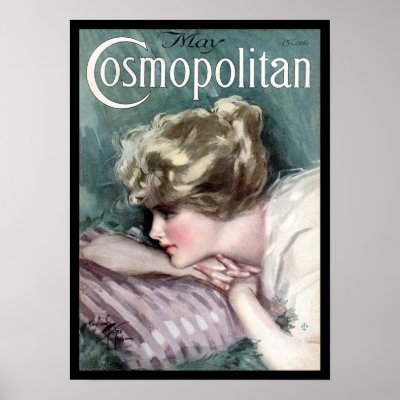I have wanted a ferret for the longest time. I had never owned a ferret, or even been around one before, and I hadn’t the slightest idea how to take care of one. But, for some reason, I have always had an affection for them. Maybe it’s because of Jennifer Aniston’s ferret in the movie Along Came Polly, and the fact that many people say I remind them of Aniston’s ferret-owning character, Polly. Maybe it’s just my natural love for animals. Either way, it has always been a dream of mine to own a ferret. However, the timing has just never been right, or I’ve never been at a place in my life when I could reasonably take care of a ferret.
My dream of ferret parenthood finally came true last month on March 5th, when I bought Alfalfa Gordon Gray, or Alfie for short. Named after The Little Rascals character because he is just that, a little rascal, Alfalfa (whose middle name comes from my father, Gordon, which he is thrilled about) is my little bundle of pride and joy, and he brings much happiness to my life. So, what does a ferret have to do with media? Surprisingly, more than you may think. I really had no idea what I even needed to do before getting a ferret, let alone how to take care of it before I bought it, so I turned to the lovely resource we call the internet to find the answers to all the questions I had.
 |
| Alfalfa Gordon Gray, just about to doze off... |
Using the wonderful Google search engine, I searched for “How much does a ferret cost?” and “How to take care of a ferret.” The World Wide Web offered me a variety of sources, from an article titled “So, You Wanna Get a Ferret?” to everythingferret.com’s article “Training the Domestic Ferret.” I used Pet Education’s ferret articles to learn the things I needed to do before I even brought Alfie home (you don’t even realize how many holes and spaces you have in your home until you have a ferret to find them for you). I was able to research prices, where I should buy my ferret, the habitat and accessories I would need, what to feed my ferret, and how to litter-box train it (I didn’t even know you could litter-box train a ferret until the internet told me!).
After bringing Alfie home and getting to know his mischievous and delightful personality, I had even more questions about what I should do to take care of my new little rascal. Once again, I turned to the internet to ask “How do I train my ferret to stop biting?” and “What is my ferret’s obsession with my socks?”, which included searching “Can I stop my ferret from chewing socks?”, as well as a quick trip to oldnavy.com to buy some new socks to replace the ones Alfie so affectionately destroyed.
 |
| Me and my Alfie! |
I didn’t realize how much work and attention my little love bug needed until it was too late and there was no turning back; I had fallen in love with this little monster and there was no way I could give him up now. However, the resources I was able to easily and quickly obtain on the internet were a savior to me during that adjustment period when both Alfie and I were adapting to one another. For the first time, I think, I was really truly grateful for the internet and its ease of use and access to information. I had already spent tons of money on Alfie; I didn’t want to spend even more on books about ferrets. I was able to bookmark all the useful sites I had found and group them together in a folder labeled “Ferret Stuff” so that I can quickly access them without having to re-search on Google any time I have a question.
I don't have any video of my Alfie, but this video shows a ferret stealing treats off a desk, something Alfie does all the time. Video courtesy of YouTube.
Technology and the capabilities of the internet never fail to amaze me, and my ferret internet research was no exception. Not only was I able to find out everything I needed to know about taking care of ferrets, but I also learned interesting facts and quirks about them (such as: the word ferret means “little thief” in Latin…that explains Alfie stealing my socks…). I was also able to find a local vet for Alfie and use sites such as petco.com and amazon.com to quickly order toys and supplies that I needed and wanted. Since I travel quite a bit, it was great to be able to access TSA’s website, as well as airline websites, to obtain information about travelling with my pet, as well as finding ferret travel regulations for different states and countries. I was able to find a nice travel bag on amazon.com that I bought and now use to bring Alfie everywhere with me. He has become quite popular with my fellow employees at Sears, where he has become the official Loss Prevention mascot.
Thanks to the incredible internet, Alfie and I are now living happily together in a toy-filled, ferret-proof environment filled with holey socks and giant messes. Even if I get a little frustrated as a I trip over ferret toys in the dark on my way to bed at night, I still have a smile on my face when I climb into bed and snuggle up to Alfie, who has so quickly become the joy and love of my life.
 |
| Me and Alfie enjoying some snuggle time. |





